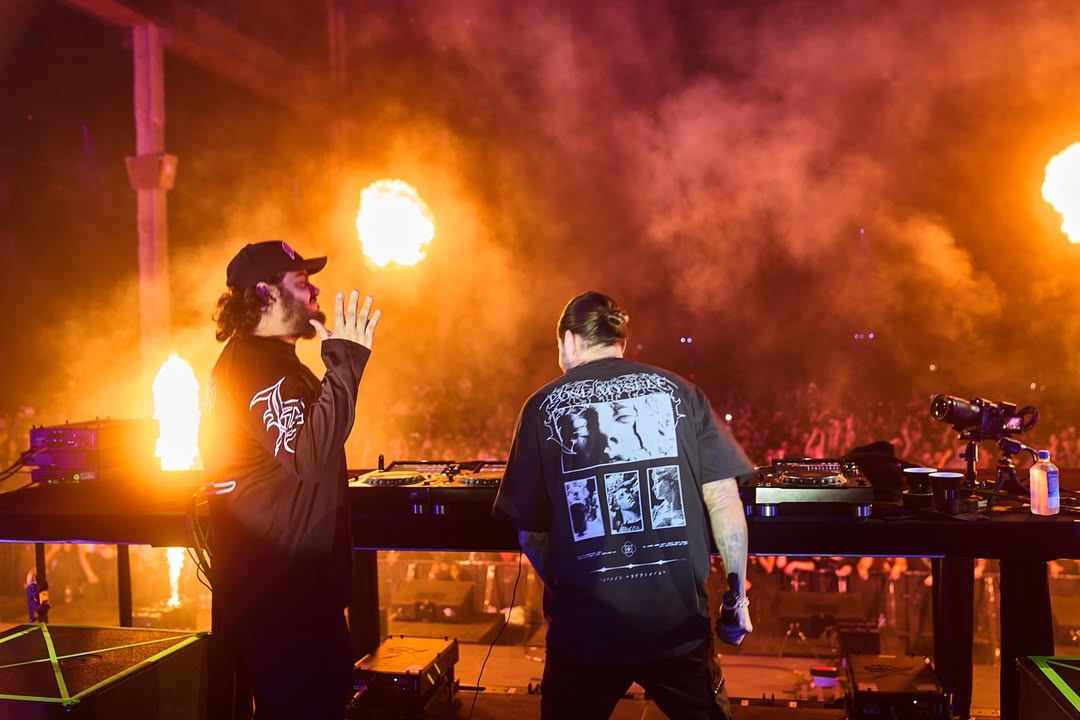Anime is renowned for covering a remarkable variety of genres, story archetypes, settings, time periods and far more. And, of course, any animated series worth its salt will know how to reach its audience on an emotional level, resonating with the viewer in any number heartfelt ways, from sympathetic characters to devastating drama.
Any well-crafted piece of fiction can make the audience cry, from a short story or poem to a live-action movie or a stage production. But anime, in particular, has a talent for hitting the viewers with some serious feels in a way that's uniquely consistent across the board. In fact, that's what keeps so many anime fans coming back for more. But, what exactly is the medium's secret?
Part of what makes so many anime so affecting might be their love of extremes. From voice direction to visual style to storylines, exaggeration and superlative are part of what makes anime anime. An angry character doesn't just make a face, depending on the genre, their entire look might change -- teeth might get sharper, eyes fiercer, face frightening -- along with the music and atmosphere. Sad expressions are similarly dialed up to 11, with characters frequently pouring their hearts out or crying buckets of tears. These exaggerations are helped along by the fact that anime is animated, meaning that visual styles are just barely unrealistic enough to make a character's drama and sadness stand out sharply in contrast. Because artists can warp characters to match what they're feeling, their emotions come through not just in what they say and do, but in how they look as well.
Then there's the that many of the most popular series go on for much longer than your typical TV show. These long-running anime can spend tens of episodes developing the characters and their stories, giving fans more than enough time to get attached to them before killing them off. It should be pointed out, though, that shorter series and standalone movies can also pack a serious dramatic punch. Finally, there's the creative variety of content in anime, from the setting and technology to elements of sci-fi and fantasy that can make the drama and sadness stand out even more. Done poorly, the drama and sadness may feel out of place, but done well, it shines like the sun.
A variety of anime shows and movies demonstrate how this medium can deliver an incredible emotional blow to viewers. For example, the famously long-running fantasy action series One Piece has the luxury of many episodes to deeply explore its setting, combat system and characters alike, and viewers might spend 400 episodes bonding with someone, only to see them perish. When Firefist Ace died at Marineford, Luffy and the viewers alike had an old friend torn away from them, and thus, intense grief followed. Something similar might be said when the newborn Naruto Uzumaki lost his parents Kushina and Minato late in the Naruto franchise, long after viewers bonded with Naruto and developed sympathy for his bitter position as a widely feared orphan.
Shorter series can cash in on anime's distinct visual style to deliver precise and hard-hitting drama and sadness, such as the lushly animated and famously bittersweet series Violet Evergarden. Viewers were lucky if they didn't burst into tears when Violet read that mother's successive letters to her young daughter after her death (and Violet cried buckets of tears herself). Makoto Shinkai's animated film Your Name stands as a body-swap adventure and as the heart-wrenching story of a country girl's demise three years ago when a meteor violently struck her hometown. Can city boy Taki save Mitsuha's life by going three years into the past in her body, and meet her for real? The stakes are high, both for the sake of Mitsuha's hometown and the two adolescent's hearts. And of course, the viewers, too.
About The Author

